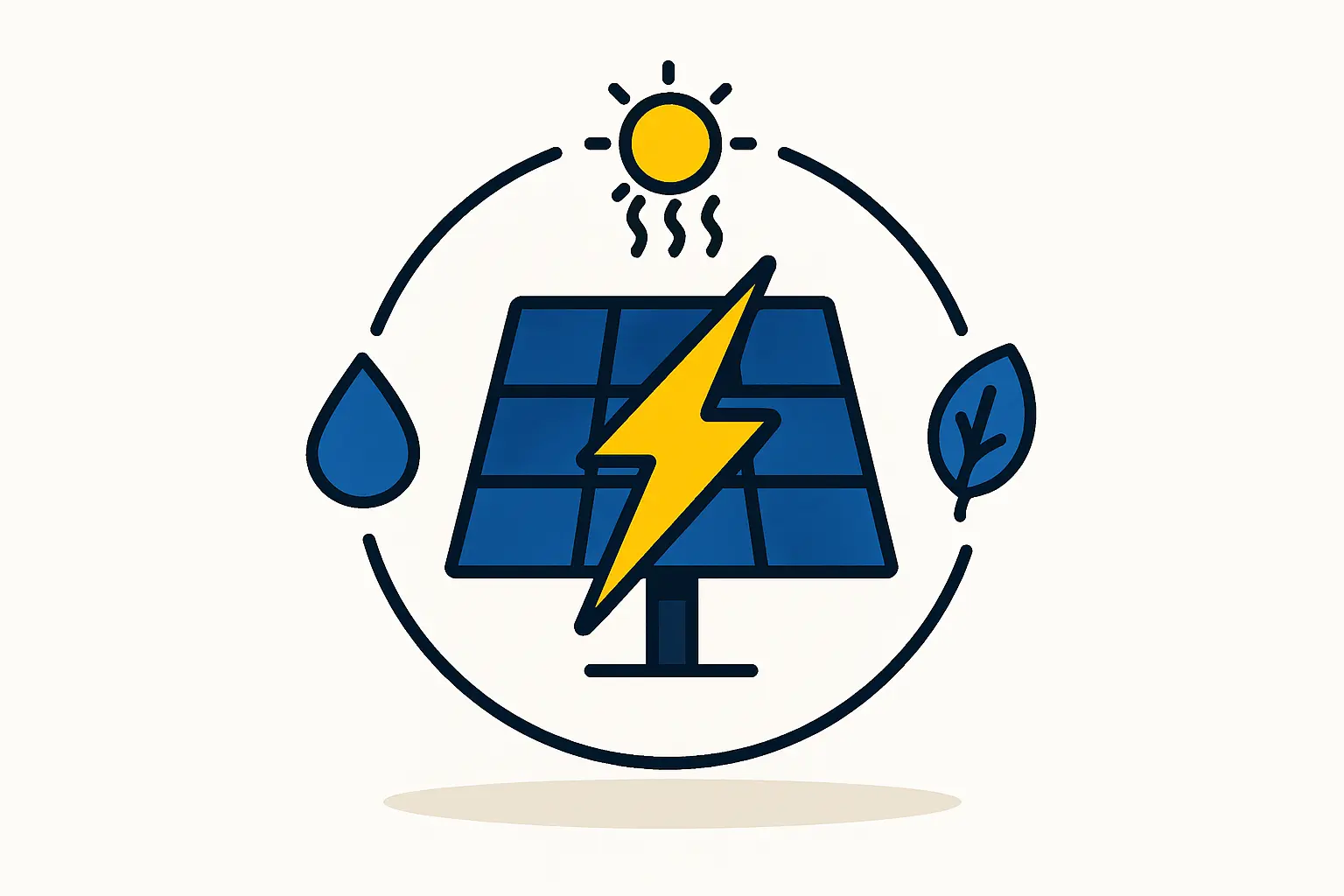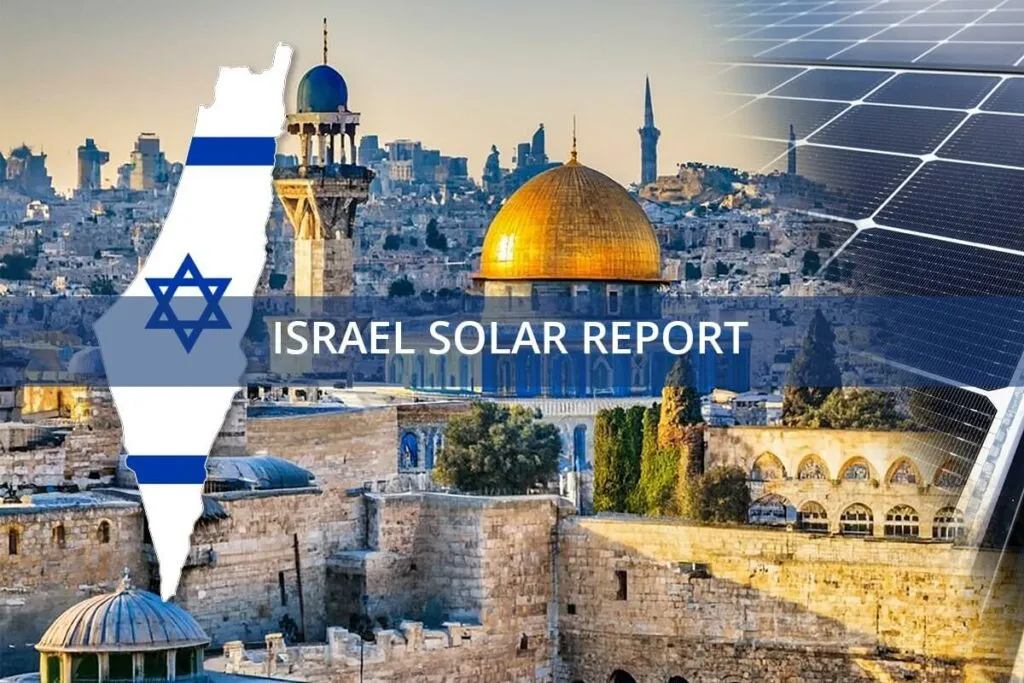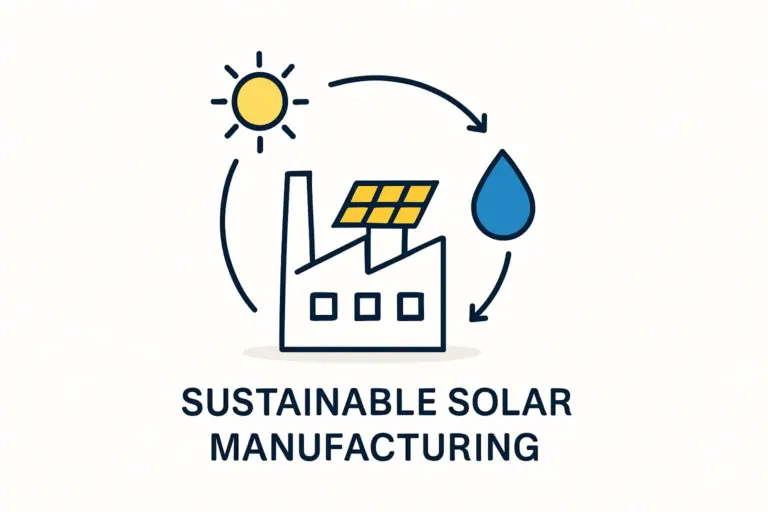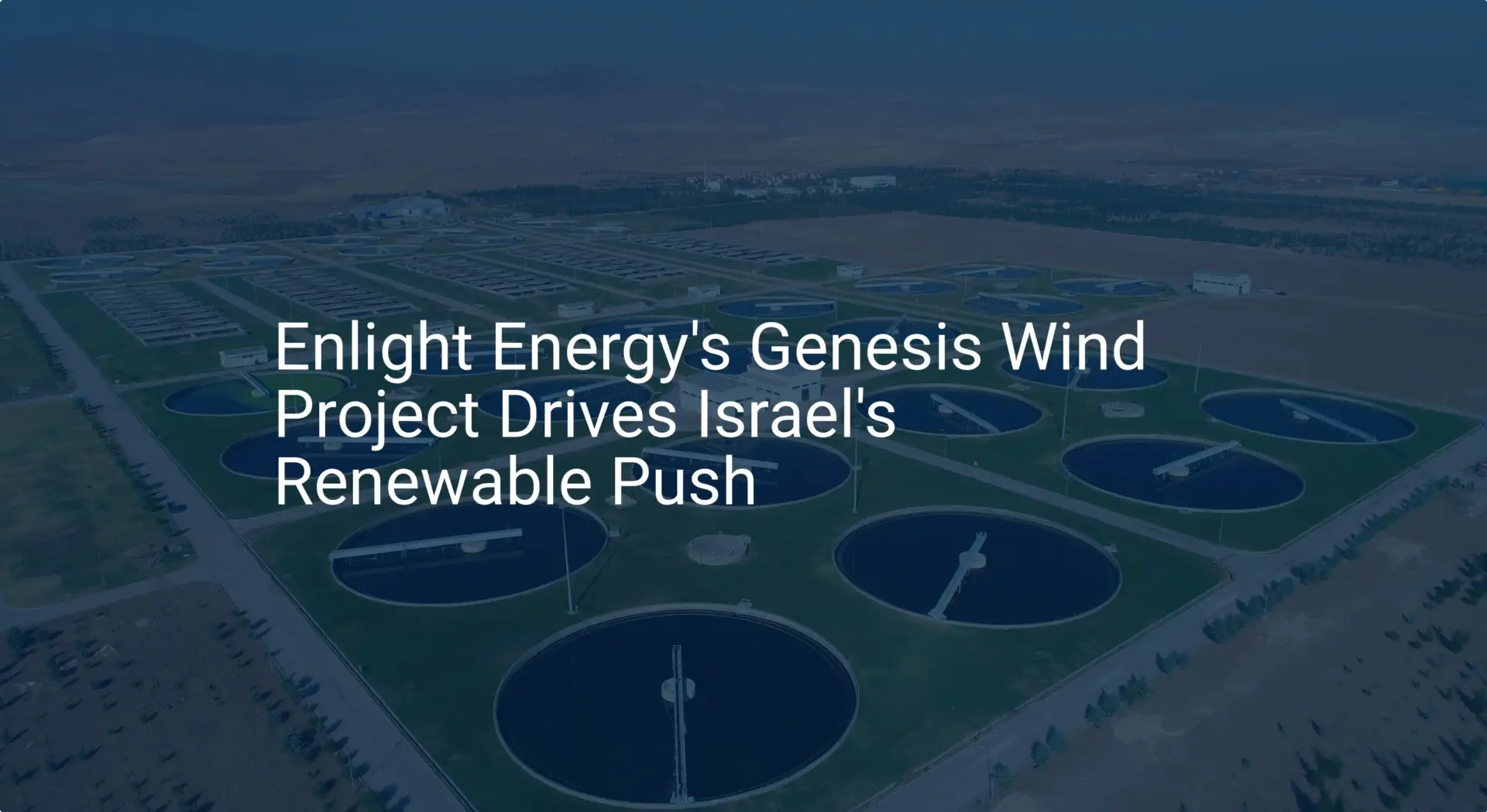For many entrepreneurs exploring the solar industry, the market can seem dominated by standard, mass-produced photovoltaic (PV) panels. But a closer look at specific regions reveals significant opportunities in niche applications. Israel, with its ambitious renewable energy goals and unique geographical constraints, makes a compelling case for the local production of specialized solar modules.
The nation aims to generate 30% of its electricity from renewable sources by 2030, with solar power as the primary contributor. Yet, as a densely populated country with limited land, deploying conventional, large-scale solar farms poses a considerable challenge.
This very constraint creates a demand for innovative solutions that standard module importers are not equipped to supply—a gap an agile, local manufacturer can fill directly.
The Unique Demands of Israel’s Solar Landscape
The primary challenge for Israel’s solar expansion is not a lack of sunlight but a scarcity of space. This has spurred the country to pioneer dual-use land strategies, where a single area serves multiple purposes.
Two key areas stand out: combining agriculture with solar power (agrivoltaics) and harnessing the vast potential of the Negev desert. Both applications require modules with specialized technology, setting them apart from the standard panels used in typical ground-mount or rooftop installations.
Opportunity 1: Agrivoltaics – A Dual Harvest of Food and Energy
Agrivoltaics, or Agri-PV, is the practice of co-locating solar power generation with agricultural activities. Instead of competing for land, the two industries can work in synergy. Solar panels are mounted high above the ground, providing shade that can protect crops from excessive heat and reduce water evaporation—a critical benefit in an arid climate.
This application requires a specific type of solar module. Standard opaque panels would block too much sunlight, harming crop yields. The answer lies in semi-transparent or low-density modules, designed to let a calibrated amount of light filter through to the plants below.
A local factory can produce panels with varying levels of transparency or cell spacing, tailored to the specific light requirements of different crops, from tomatoes to leafy greens. This level of customization provides a crucial edge over the one-size-fits-all approach of mass importers.
Opportunity 2: The Negev Desert – Turning High Albedo into an Asset
The Negev desert, covering more than half of Israel’s land area, is an ideal location for solar energy generation due to its high solar irradiation. Yet the environment poses unique challenges, including extreme temperatures, dust accumulation, and a high albedo effect—the reflection of sunlight off the bright, sandy ground.
While high temperatures can reduce the efficiency of standard panels, the high albedo can be turned into a distinct advantage with bifacial solar modules. These panels are designed to capture sunlight on both sides: the front side captures direct sunlight, while the rear side captures reflected light from the ground. This can increase a project’s total energy yield by 5% to 20% compared to monofacial panels in the same location.

Modules deployed in the desert must also be exceptionally durable to withstand sand abrasion and temperature fluctuations. A local producer can focus on using materials, such as dual-glass constructions, that are specifically suited for these harsh conditions.
The Strategic Advantage of Local Manufacturing
Importing specialized modules is possible, but establishing a local manufacturing facility in or near Israel offers several key strategic advantages.
-
Customization and Agility: A local factory can work directly with project developers to design and produce modules for specific needs—whether it is a particular transparency level for a research farm or a robust bifacial design for a desert power plant.
-
Supply Chain Resilience: Relying on international shipments creates vulnerabilities, from geopolitical disruptions to logistical delays. Local production enhances national energy security and ensures a stable supply for critical infrastructure projects.
-
Reduced Logistical Costs: Shipping delicate glass modules over long distances is expensive and carries a risk of damage. Localizing production drastically reduces these costs and complexities.
-
Meeting National Goals: A domestic manufacturing facility aligns with national economic and energy independence objectives, potentially opening access to government support and incentives.
Configuring a Factory for Specialized Modules
An entrepreneur new to the industry might assume that producing specialized modules requires a completely different and more expensive factory. In fact, a modern, well-designed turnkey production line is inherently flexible. The core manufacturing processes for standard, bifacial, and semi-transparent modules share much of the same equipment.
The key differences lie in the bill of materials and specific machine settings:
-
Bifacial Modules: These typically use a dual-glass design or a transparent backsheet instead of a standard opaque one. The solar cells themselves must be bifacial.
-
Semi-Transparent Modules: The primary adjustment is made at the stringer machine, which spaces the solar cells farther apart to create gaps for sunlight to pass through.
Based on experience from J.v.G. turnkey projects, this flexibility can be integrated into the line’s design from the very beginning. This allows a factory to pivot between different product types to meet evolving market demands without significant new capital expenditure. A small to medium-sized facility, in the range of 20–100 MW of annual capacity, is often well-suited to serve these niche markets profitably.

Frequently Asked Questions (FAQ)
What is the main difference in producing bifacial vs. standard modules?
The primary differences are the materials used and the type of solar cell. Bifacial production requires either two panes of glass (glass-glass) or a transparent backsheet to allow light to reach the rear of the cells. The solar cells themselves must also be bifacial, capable of converting light into electricity on both surfaces.
How much more does a specialized module factory cost?
The investment required for a flexible factory capable of producing specialized modules is very similar to one that only produces standard panels. The core machinery (stringer, laminator, tester) is largely the same. The cost difference lies more in the bill of materials for the final product (e.g., transparent backsheets may be more expensive than standard ones) than in the initial capital outlay for equipment.
Can a single factory produce both standard and specialized panels?
Yes. A key advantage of modern production line design is its flexibility. With proper planning and versatile machinery, a factory can be configured to produce runs of standard monofacial modules, bifacial modules, and semi-transparent Agri-PV modules, all on the same line.
Is the market for specialized modules large enough to be profitable?
While the total volume is smaller than the global market for standard panels, niche markets often offer higher profit margins. In a targeted region like Israel, where specific environmental and policy factors drive demand, producing specialized modules can be a highly profitable venture that avoids the intense price competition of the commodity module market.
Conclusion and Next Steps
Israel’s commitment to solar energy, combined with its unique geographical realities, creates a clear and sustainable demand for specialized PV modules. For the discerning entrepreneur, this presents a clear opportunity to move beyond the crowded market for standard panels and establish a high-value manufacturing business.
By focusing on custom solutions for agrivoltaics and desert applications, a local factory can build a defensible market position, contribute to national energy goals, and create a profitable enterprise. The key is not to compete with global mass producers on price, but to win on customization, quality, and proximity to the customer.







